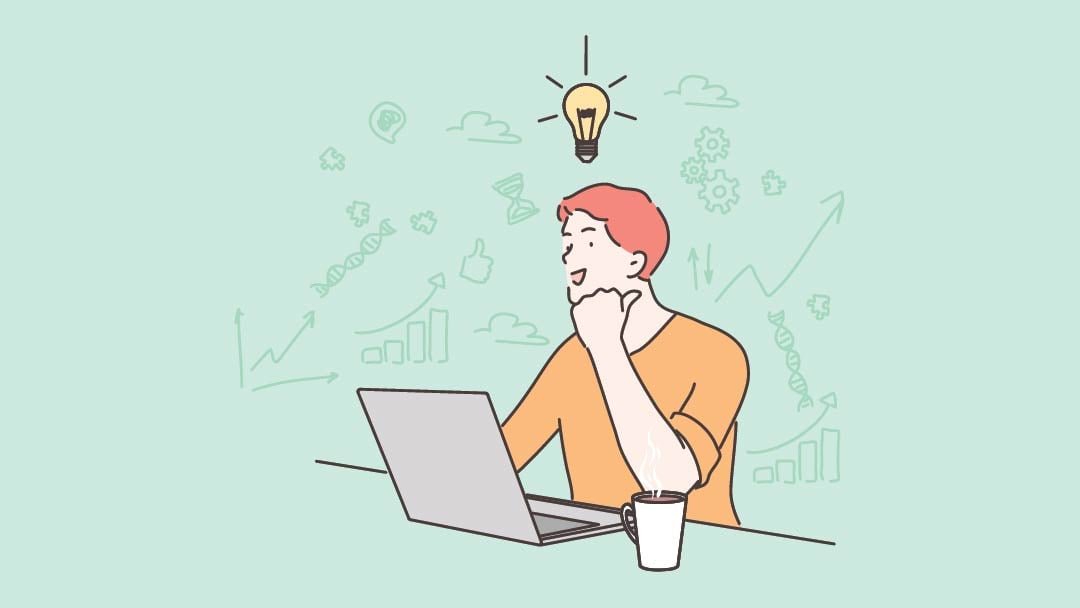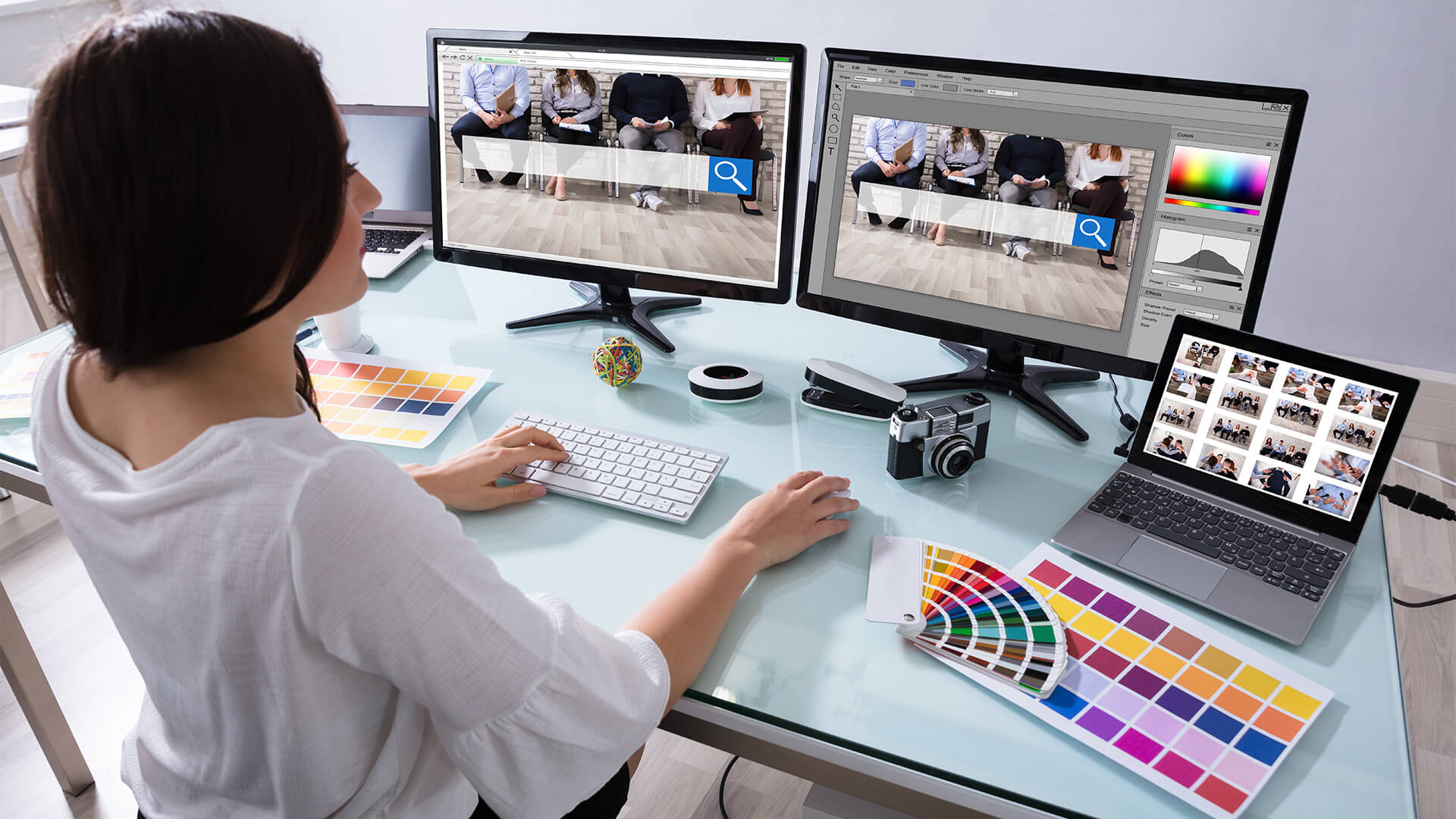All Categories
Featured
Table of Contents
- – Top Web Design Agencies Ranked - 2022 Reviews ...
- – Responsive Web Design - A List Apart Tips and...
- – Wicky Design: Philadelphia Web Design Tips an...
- – Web Design - The First 100 Years - Idle Words...
- – Web Design Vs. Web Development - Upwork Tips ...
- – Top Web Design Courses Online - Updated [Apri...
- – Top Web Design Courses Online - Updated [Apr...
- – Web Designer News - The Best Curated News Fo...
- – Webdesign Designs, Themes, Templates And ......
- – Chavez Web Design: Web Design San Diego - B...
- – Mrw Web Design - Wordpress Websites For Non...
- – 10 Good Deeds In Web Design - Nielsen Norma...
- – Minneapolis Web Design - 100+ Five Star Rev...
Top Web Design Agencies Ranked - 2022 Reviews - Clutch.co Tips and Tricks:
Desktop apps need designers to produce their design and send it to a development group who can then convert the style to code. Usually, this is the standard for big and/or complex websites since it enables the designer to focus on the overall appearance and feel, while all the technical obstacles are transferred to the development group
Responsive Web Design - A List Apart Tips and Tricks:

Amazing designs can interact a lot of details in just a couple of seconds. This is made possible with the usage of effective images and icons. A fast Google search for stock images and icons will generate thousands of choices.
Wicky Design: Philadelphia Web Design Tips and Tricks:
Your website visitors have multiple ways of engaging with your website depending on their device (scrolling, clicking, typing, etc). The best website styles simplify these interactions to provide the user the sense that they remain in control. Here are a few examples: Never ever auto-play audio or videos, Never highlight text unless its clickable Make certain all kinds are mobile-friendlyAvoid pop ups Avoid scroll-jacking There are loads of web animation strategies that can assist your design grab visitor's attention, and allow your visitors to engage with your site by offering feedback.
Web Design - The First 100 Years - Idle Words Tips and Tricks:
Your users need to be able to quickly navigate through your site without coming across any structural concerns. If users are getting lost while attempting to navigate through your site, possibilities are "spiders" are too. A crawler (or bot) is an automated program that browses through your website and can determine its functionality.
Web Design Vs. Web Development - Upwork Tips and Tricks:
Responsive, Comprehending the benefits and drawbacks of adaptive and responsive sites will assist you determine which site builder will work best for your site style requirements. You might stumble upon articles online that discuss an entire lot of various site design styles (repaired, fixed, fluid, etc). Nevertheless, in today's mobile-centric world, there are only two website styles to utilize to effectively design a site: adaptive and responsive.
Top Web Design Courses Online - Updated [April 2022] - Udemy Tips and Tricks:

a header) is 25% of its container, that aspect will stay at 25% no matter the modification in screen size. Responsive websites can likewise utilize breakpoints to create a custom-made appearance at every screen size, but unlike adaptive sites that adapt only when they struck a breakpoint, responsive sites are constantly altering according to the screen size.(image credit: UX Alpaca)Excellent experience at every screen size, regardless of the gadget type, Responsive site contractors are normally stiff which makes the style hard to "break"Lots of readily available design templates to begin with, Needs extensive design and screening to ensure quality (when going back to square one)Without accessing the code, custom designs can be challenging, It is necessary to keep in mind that website contractors can consist of both adaptive and responsive features.
Top Web Design Courses Online - Updated [April 2022] - Udemy Tips and Tricks:
Wix has actually been around given that 2006 and has actually since established a vast array of features and design templates to match simply about every service requirement. Today, it's considered one of the easiest tools for newbies. Although it's tough to choose a winner in this category, here are few things to keep in mind: If you're looking for the most customizable experience, choose Page, Cloud.
Web Designer News - The Best Curated News For Designers Tips and Tricks:
This is where more complex web design tools, like Webflow and Froont, enter into play. Here are a few of the pros and cons to consider when aiming to embrace among these tools: Capability to produce custom responsive sites without having to write code Unequaled control over every component on the page Ability to export code to host in other places Intricate tools with high learning curves Slower style procedure than adaptive website contractors, E-commerce sites are an essential part of website design.
Webdesign Designs, Themes, Templates And ... - Dribbble Tips and Tricks:

The fundamental five aspects of web design, Finest resources to learn web design at house, What is web style? You need to keep your design simple, tidy and available, and at the same time, use grid-based styles to keep style products arranged and orderly, hence creating a terrific general layout. Web design online courses.
Chavez Web Design: Web Design San Diego - Bakersfield ... Tips and Tricks:
, The web design track style Tree, House offers Home hours of video and interactive lessons on HTML, CSS, layouts, and other web design basics.
Mrw Web Design - Wordpress Websites For Nonprofits ... Tips and Tricks:
Effective web style brings a couple of different elements together to promote conversions. These include: Compelling usage of unfavorable area Clearly presented options for the user(the less options the user has, the less likely they are to end up being overloaded and baffled)Apparent, clear calls to action Minimal interruptions and a well thought out user journey (ie.
10 Good Deeds In Web Design - Nielsen Norman Group Tips and Tricks:
Here are some examples: Clear calls to action are terrific web design; murky ones are bad web design. High contrast fonts are clever, efficient web style; low contrast typefaces that are difficult to read are poor web style. Non-responsive design.
Minneapolis Web Design - 100+ Five Star Reviews - Seo ... Tips and Tricks:
On a platform like 99designs you can host a design contestby providing a brief and having designers submit designs send styles your specifications. Your web design might cost a few hundred to 10s of thousands of dollars, depending on its complexity. The more information they have, the more equipped they are to provide the perfect web style for you.
Learn more about Lovell Media Group LLC or TrainACETable of Contents
- – Top Web Design Agencies Ranked - 2022 Reviews ...
- – Responsive Web Design - A List Apart Tips and...
- – Wicky Design: Philadelphia Web Design Tips an...
- – Web Design - The First 100 Years - Idle Words...
- – Web Design Vs. Web Development - Upwork Tips ...
- – Top Web Design Courses Online - Updated [Apri...
- – Top Web Design Courses Online - Updated [Apr...
- – Web Designer News - The Best Curated News Fo...
- – Webdesign Designs, Themes, Templates And ......
- – Chavez Web Design: Web Design San Diego - B...
- – Mrw Web Design - Wordpress Websites For Non...
- – 10 Good Deeds In Web Design - Nielsen Norma...
- – Minneapolis Web Design - 100+ Five Star Rev...
Latest Posts
The Top 10 Most Important Elements Of A Website Design Tips and Tricks:
53 Web Design Tools To Help You Work Smarter In 2022 Tips and Tricks:
10 Principles Of Good Web Design - Smashing Magazine Tips and Tricks:
More
Latest Posts
The Top 10 Most Important Elements Of A Website Design Tips and Tricks:
53 Web Design Tools To Help You Work Smarter In 2022 Tips and Tricks:
10 Principles Of Good Web Design - Smashing Magazine Tips and Tricks: